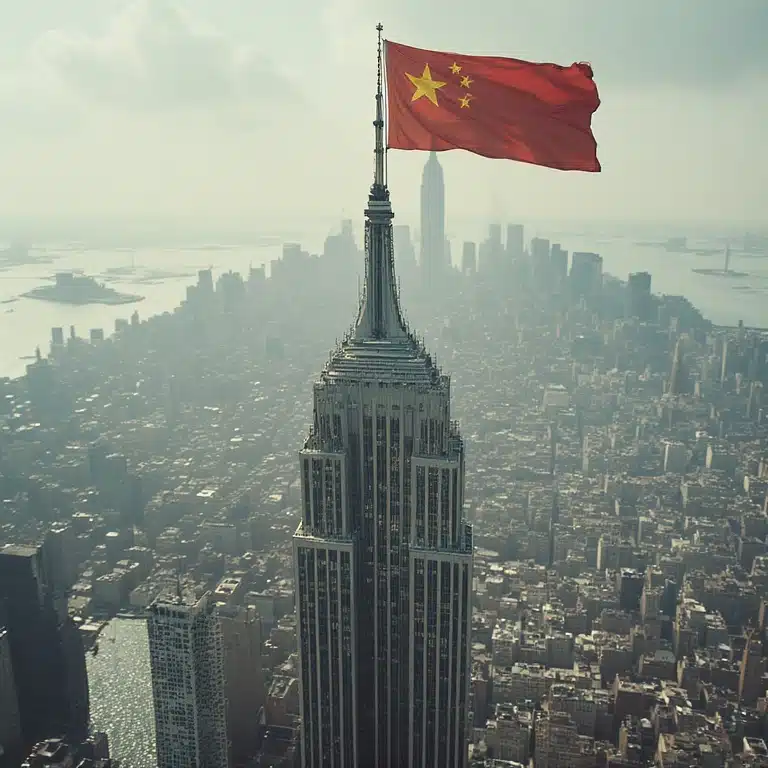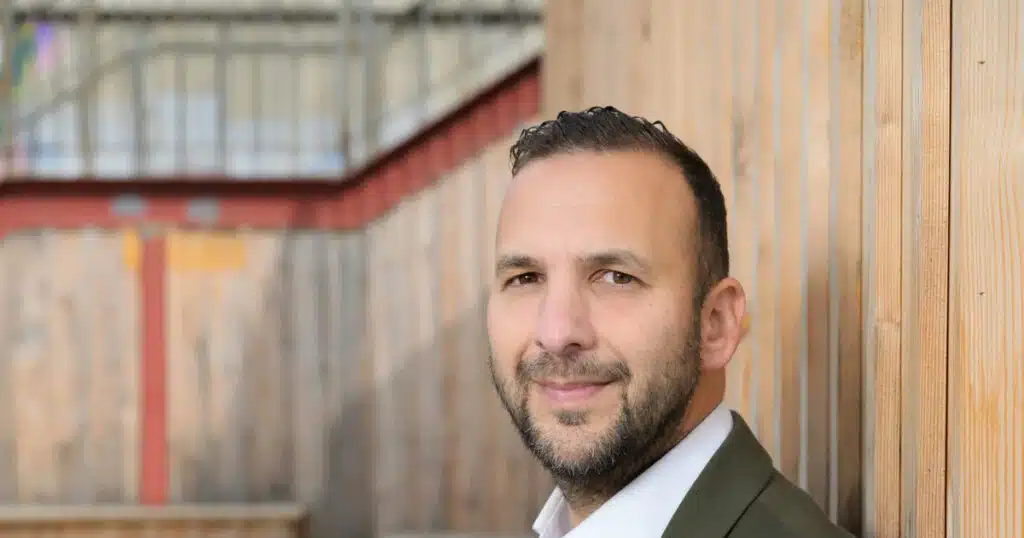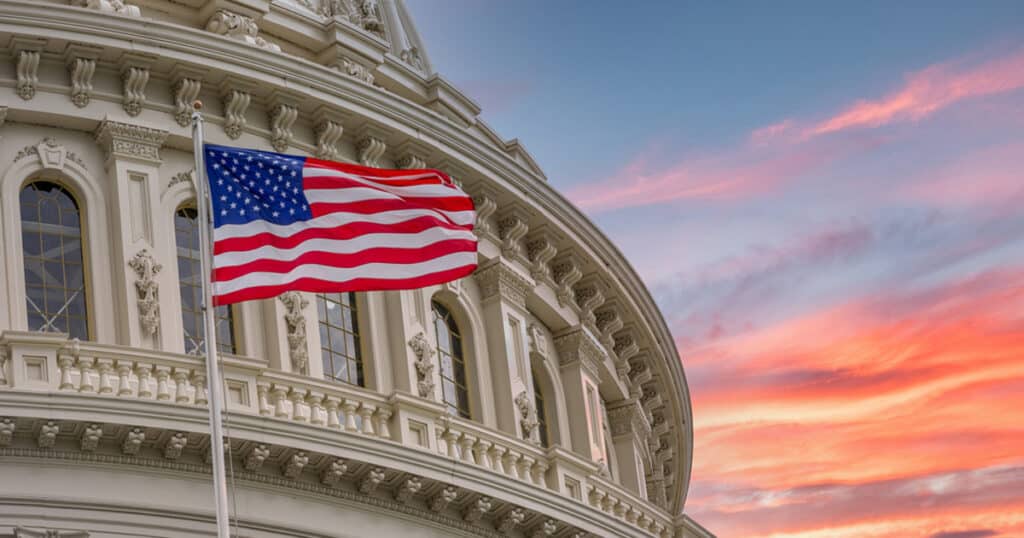
New York’s Natural Advantages May Hide Mamdani’s Destruction
New York City, one of the world’s great economic engines, has long benefited from geography as much as ambition. Today, as Mayor-Elect Zohran Mamdani plans to implement a more socialist-communist economic model that emphasizes government control of rent, higher taxes on the wealthy, and free public services, Republicans predict disaster as capital flees and prosperity vanishes. Yet, analysts are failing to account for New York’s profound structural and geographic advantages that make it unusually resistant to economic flight and political shockwaves.
In other words, a lot of people and companies are going to be forced to stay in New York whether they like it or not.
New York’s Harbors and The Geography of Power
From the moment Dutch settlers established New Amsterdam in 1624, the deep, ice-free harbor at the mouth of the Hudson River shaped New York’s destiny. Few coastal cities in the world have such an ideal natural port. It sits at the intersection of the Atlantic Ocean and a river system that opens deep into the American interior, allowing goods to move efficiently between Europe and the heartland of America.
The construction of the Erie Canal in 1825 transformed New York from a regional hub into the nation’s dominant port, linking the Atlantic to the Great Lakes and making it the primary gateway for imported goods and immigrants. Even today, the Port of New York and New Jersey remains the busiest on the U.S. East Coast and the second largest in the country by container volume, behind only Los Angeles.
This natural maritime advantage gives New York an immovable foundation that political ideology, no matter how destructive, cannot shake. Global trade and finance depend primarily on connectivity, and few places on Earth match the infrastructure density of New York’s port network, airports, subways, and freight systems. The compelling nature of the city’s geography that anchors it to both continents and directly to the heartland of America will endure no matter who is mayor.
Infrastructure is Mamdani’s Insulation
Critics of Mamdani’s brand of socialism correctly point to the dangers of overregulation, high taxation, rent control and loss of economic freedom as potential threats to capital formation and property investment. This assessment probably holds true for 99% of the cities in the country, yet, New York’s vast physical and institutional infrastructure that was built over centuries serves as a stabilizing counterforce. The city’s complex system of ports, transit systems, universities, and financial institutions acts as a massive economic buffer.
According to the U.S. Bureau of Economic Analysis, the New York metropolitan area generates over $2.5 trillion in GDP annually, rivaling entire nations like France or the United Kingdom. Most of that economic output is tied to deep-rooted systems that are not easily portable. Wall Street trading relies on microsecond proximity to data centers in the New York-New Jersey corridor; major advertising, publishing, and media firms depend on access to talent clusters in Manhattan and Brooklyn; and the city’s port and logistics systems cannot simply be replicated in Phoenix or Austin.
Thus, while Mamdani’s policies may prove disastrous for entire segments of the local economy, notably small businesses, the sheer size and reach of New York’s infrastructure ensures that much of the economic base will remain locked in place with golden handcuffs. The city’s transit connectivity, coastal access, and institutional concentration make leaving impractical for all but the most mobile industries.
Why Wealth Flight May Be Overstated
Pundits have long predicted an exodus of the wealthy from New York, particularly after tax hikes and regulatory expansions over the past several decade. During the COVID-19 pandemic, media outlets portrayed an urban exodus to Florida and Texas as a permanent realignment.
Yet the data tell a somewhat different story.
While U.S. Census Bureau data shows that New York State lost residents in 2021 and 2022, New York City’s population rebounded in 2023, growing by over 55,000 people as international migration resumed. The supposed “mass flight” of corporations also appears limited. Indeed, Goldman Sachs, BlackRock, and JP Morgan Chase opened satellite offices elsewhere, but all maintain their headquarters or core operations in Manhattan.
Why? Because moving an enterprise from a global hub like New York is logistically and financially prohibitive. Commercial leases, infrastructure dependencies, and access to global talent markets make permanent relocation nearly impossible for many large firms. Moreover, New York’s unmatched access to international markets, time zones, and financial clearing systems keeps it firmly embedded in the global economy.
Even for high-net-worth individuals, relocation has limits. While Florida may offer lower taxes, it lacks the cultural, financial, and infrastructural opportunities that make New York a magnet for young professionals looking to achieve influence and financial stature. Additionally, there are practical and logistical considerations. Many high-profile businesspeople need to be in the office on a daily basis. How is that possible if they live in Florida? Sure, they can move to New York’s suburbs or New Jersey, but those with occupational mobility who were going to relocate out of the city probably did so by now. For others, the trade-off in social capital and convenience simply isn’t worth it.
The Paradox of Permanence
New York’s resilience to political experiments is part of a broader paradox. The very systems that make the city a bastion of capitalism also allow room for increasingly radical left-leaning experimentation. To varying degrees, public housing, rent stabilization, onerous regulations and exorbitant worker benefits, which are all hallmarks of socialist thinking, have coexisted with the world’s most dynamic private real estate and finance markets for decades. Whether Mamdani’s more hardline approach to socialism, where the government owns the means of production, will prove to be a final kill shot to New York’s capitalist prosperity is far from assured.
Mamdani’s ideas may amplify the city’s debates over inequality and redistribution, but they unfold atop an economy uniquely resistant to collapse. The entrenched infrastructure and the network effects of sheer scale give New York a staying power few other cities enjoy.
Its global role as a financial and cultural capital effectively insulates it from the kinds of economic implosions that might devastate smaller or less connected cities under similar policies. Ultimately, Mamdani may never suffer the true consequences of implementing his socialist policies as long as he remains protected by the high walls of New York capitalism that surround him.
Geography as the Ultimate Safety Net
Zohran Mamdani’s socialist ideas can never succeed, but it is a mistake to assume they will translate into his failure politically. Governor Gavin “Slick” Newsom is a perfect living example of a politician who has degraded the quality of life for the people in his state without significant political consequence. Why? Because California also enjoys the same type of natural geographic advantages as New York. The uniqueness of California in terms of ports, coastal location, weather and infrastructure has allowed Newsom to escape the consequences of his horrific policies. In fact, he is now considered the leading candidate for president in 2028.
Instead of predicting disaster for Mamdani, Republicans must continually remind the national electorate that cities without such blessings will suffer a far worse fate than New York or California if the scourge of socialism takes root across the country. As long as ships enter its harbor and planes land at JFK, as long as global markets open and close on Eastern Time, New York will remain a center of commerce, culture, and power.
But if it’s not a commitment to capitalism, what natural advantages do cities like Des Moines, Pittsburgh, Tucson and Denver have that will buffer them from the devastating economic impact of socialist policies? Once the privately owned grocery stores close, corporate satellite operations move out, utility costs skyrocket and property values collapse, what are those people going to do? The last time I looked, Tucson doesn’t have any ports, and its only proximity is to Mexico, another quasi-socialist poor country.
Somehow, that point needs to be made before the socialist wildfire spreads.



